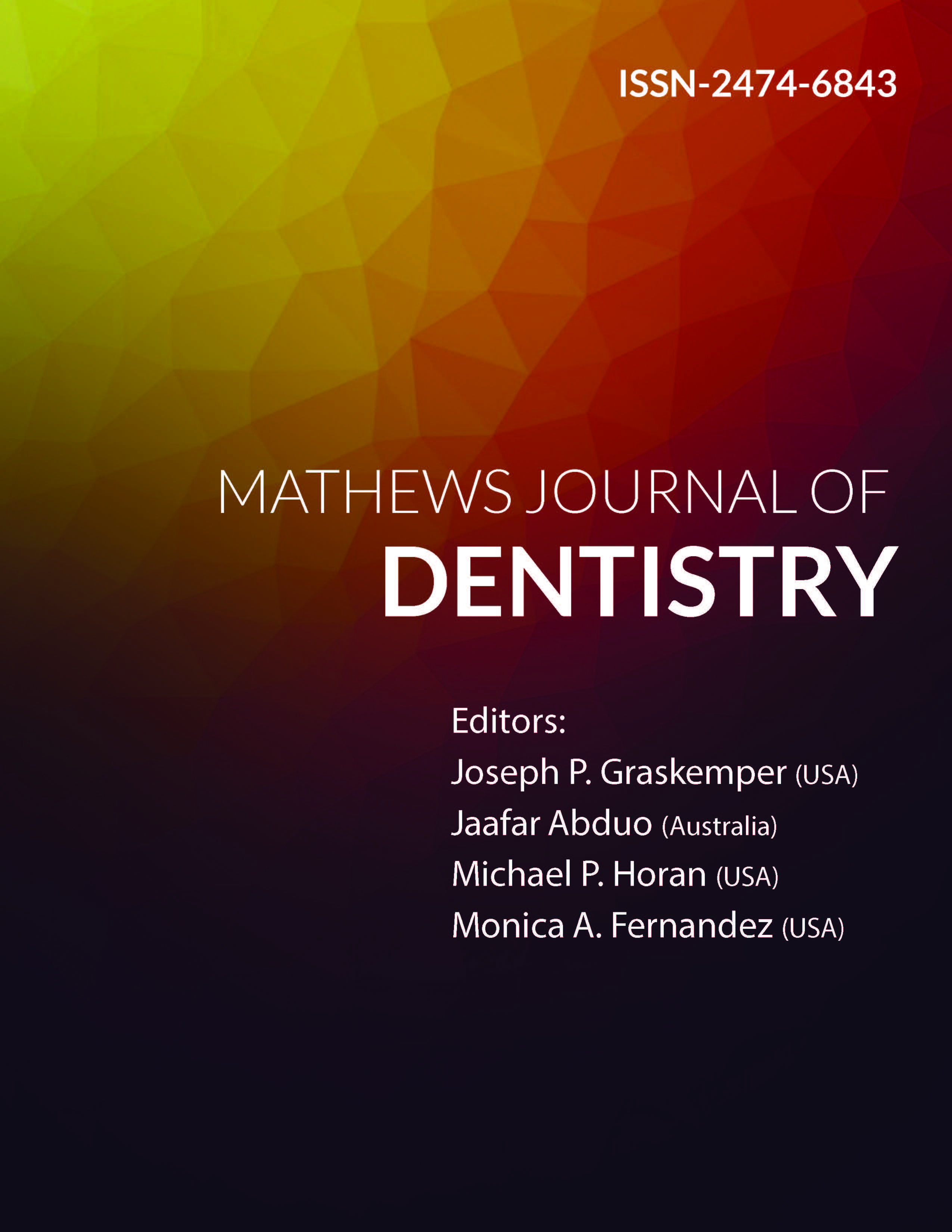
Information Links
Previous Issues Volume 2, Issue 1 - 2017
In-Vitro Study on Organic-Inorganic Hybrid Composite of Graphene Oxide-Fe3O4/ Doxorubicin/TiO2 as a Targeted Drug-Delivery System
ASamaneh Farjadfar1, Younes Kamari1, Payam Ghiaci2, Mehran Ghiaci1*
1Department of Chemistry, Isfahan University of Technology, Isfahan, 8415683111, Iran
2Department of Chemistry and Molecular Biology, University of Gothenburg, Gothenburg, Sweden
Corresponding Author: Mehran Ghiaci, Department of Chemistry, Isfahan University of Technology, Isfahan, Iran, Tel: +983133913254; E-Mail: [email protected]
Received Date: 15 Jun 2017
Accepted Date: 29 Aug 2017
Published Date: 04 Sep 2017
Copyright © 2017 Ghiaci M
Citation: Ghiaci M, Farjadfar S, Kamari Y and Ghiaci P. (2017). In-Vitro Study on Organic-Inorganic Hybrid Composite of Graphene Oxide-Fe3O4/Doxorubicin/TiO2 as a Targeted Drug-Delivery System. Mathews J Dentistry. 2(1): 017.
ABSTRACT
In our present work, we report a novel targeted drug-delivery system by using a simple and cost-effective procedure. Firstly, magnetic graphene oxide (GO-Fe3O4) was prepared by chemical co-precipitation of Fe3O4 magnetic nanoparticles on GO platelets and it was used as carrier for loading of doxorubicin (DOX), an anticancer drug. After loading DOX, in order to prevent the premature degradation of drug from GO-Fe3O4/DOX composite, it was coated with TiO2, an inorganic porous coating, by using titanium (IV) butoxide, as precursor. In this way the GO-Fe3O4/DOX/TiO2 hybrid composite was synthesized. Then, the drug release of composites were monitored using UV-Vis absorbance technique and the results revealed that incorporation of porous TiO2 coating, enhanced the drug entrapment and decreased the amount of drug release, in which at pH 7.4, 56% and 15% of DOX was released from uncoated and coated composites, respectively. Moreover, after studying the release rate at pH 5.4, corresponds to the endosomal pH of cancer cell, the results showed that drug release is pH-sensitive, because the release rate of DOX in the pH 5.4 noticeably enhanced, compared to pH 7.4. Also, the MTT assays of hybrid composite confirmed its superior responsive to cancer cell lines.
KEYWORDS
Graphene Oxide; Doxorubicin; Porous Coating; Hybrid Composite; Targeted Drug-Delivery.